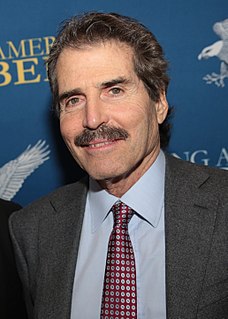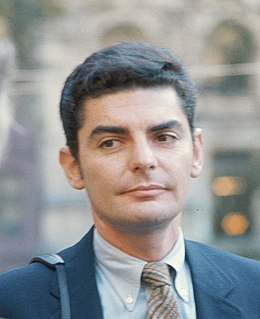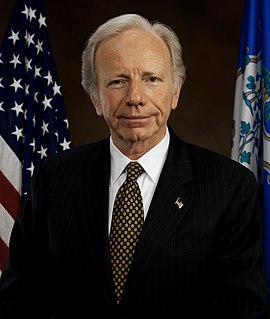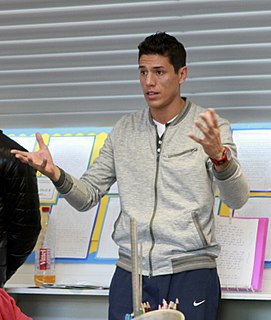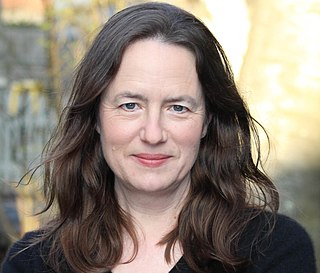A Quote by Deirdre Imus
And that is true in 85 percent of kids; it's kids who live in old, dilapidated, mostly urban housing. But that still leaves 15 percent of the cases that occur in middle- or upper-class families, usually associated with home renovations. People are sanding paint, removing banisters, cleaning up windowsills, and they don't realize that they're spewing lead dust around in the house. And then the kids get it.
Related Quotes
The welfare state has done to Black Americans what slavery (and Jim Crow and racism) could not have done. . .break up the black family. Today, just slightly over 30 percent of black kids live in two-parent families. Historically, from the 1870s on. . . 75-90 percent of black kids lived in two-parent families.
There's an evidence from a number of studies which show that where you grow up and the age at which you move to the suburbs or to a neighborhood that in general seems to have better conditions can really affect a child's outcomes. The kids who moved at young ages are dramatically better as adults. They're earning 30 percent more, they're 27 percent more likely to go to college, relative to the kids who stayed in the high poverty public housing projects. And so there's clear scientific evidence that you can change kids' outcomes just based on where they grow up.
In the kids' home I was in, there was very little change of staff. People stuck around, and they stuck around because they were being paid enough to stay there and raise their families. If you're not supporting the people looking after the kids, you're not supporting the kids, and you might as well chuck them all in the bin.
While some multimillionaires started in poverty, most did not. A study of the origins of 303 textile, railroad and steel executives of the 1870s showed that 90 percent came from middle- or upper-class families. The Horatio Alger stories of "rags to riches" were true for a few men, but mostly a myth, and a useful myth for control.


